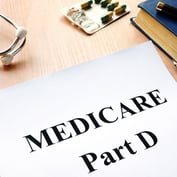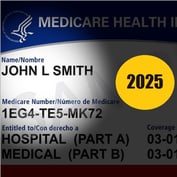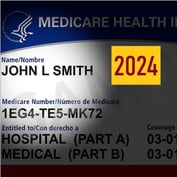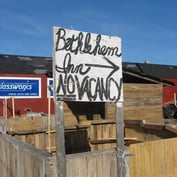By now you are probably aware that all Medicare Supplement plans underwent a change effective June 1, at which time a new series of plans called “Modernized Medicare Supplement” plans were introduced. As is customary in our business, existing Med Supp policies are “grandfathered,” and remain in force, but every new plan now offers a somewhat different set of benefits in comparison to the old plans.
In short, the new plans were created by the “Medicare Improvements for Patients and Providers Act of 2008 (MIPPA 2008). Plans E, H, I, and J were eliminated, with H, I, and J being discarded because of their outmoded Prescription Drug features. Plan E was eliminated as being repetitious to Plan D. Two benefits of the old Med Supp plans, the “Preventive Care” benefit and the “At Home Recovery” benefit were entirely removed from all of the Modernized series.
Simultaneously, new plans M and N were introduced, and reflect the trend in American medical insurance towards co-payments and co-insurance. While the entire body of work in Medicare Supplement now allows for eleven choices (down from 14), and considering that most Med Supp companies do not offer all plans, most have chosen add Plan N to their portfolio.
So, what’s the reason? Quite simply, Plan N most closely resembles a comparison to Medicare Advantage plans, due to its similarity with co-pays and co-insurance. It is not possible to compare Plan N with an MAPD (Medicare Advantage Prescription Drug) plan because the Plan N does not contain any prescription drug benefits, so then, logically, it would have to be coupled with a “stand alone” Part D (Prescription Drug) plan, to achieve closer similarity to an MAPD.
People who are not looking for Prescription Drug coverage can make Plan N their choice, and pay a lower premium than say a Plan F, which covers the Part A and Part B deductibles and coinsurances. That is the trade off. The Plan N has (up to) a $20 co-pay for each office visit covered under Part B (after the annual deductible), and (up to) a $50 co-pay for each emergency room visit that does not result in admittance to the hospital under Part A.








 July 27, 2010 at 08:00 PM
July 27, 2010 at 08:00 PM










